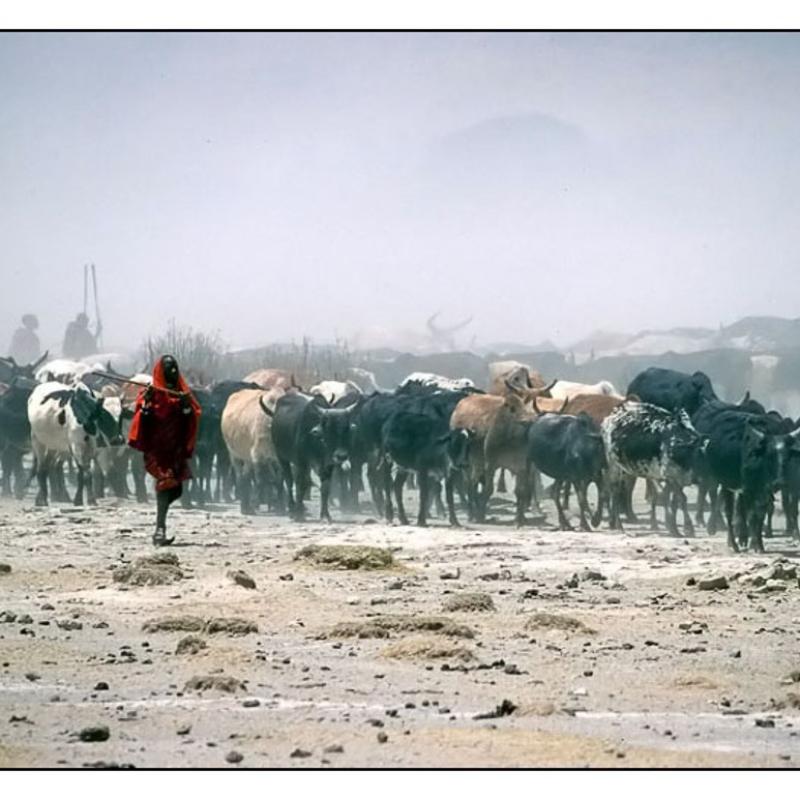Building land use coexistence between pastoralists and non-pastoralists

This MSc topic is part of a PhD research project. The PhD candidate will support as advisor to the MSc topic.
Pastoralists and non-pastoralists in Sub Saharan Africa have been engaging in land use conflicts which are associated with environmental, climatic, political, economic and social challenges. These challenges affect the size, quality and rights of land required to sustain their livelihoods and therefore they respond differently to the challenges. For instance, pastoralists explore new areas for grazing, change seasonal pattern of grazing and diversify sources of income (e.g. integrate agriculture and livestock keeping) while non-pastoralists such as farmers shift from dry lands to wetlands which are potential for dry season pasture for pastoralists, to cultivate rice and vegetables and also diversify their sources of income (e.g. integrate agriculture and livestock keeping). These responses may be either helpful or detrimental and result in conflicts. A question of how pastoralists and non-pastoralists can coexist with regard to the use of land resources hence reduce the land use conflicts remains unanswered. Therefore, there is a need to investigate on the necessary conditions (practices) that can enable pastoral and non-pastoral land uses/covers to coexist under the challenges at hand.
This study will adopt a cross-sectional case study (Tanzania/Ghana/Cameroon) design with three sub-objectives which are to:
- assess the link between land tenure trend and land use/cover change in pastoral and non-pastoral areas and its effect on their land use coexistence.
- synthesize the conditions/principles (practices) from published and grey literature which are necessary for pastoral and non-pastoral land use coexistence
- investigate whether and how the conditions/principles are accommodated by institutions (informal/formal), challenges faced by the institutions in implementing the principles and possible solutions.
To accomplish the objectives a number of methods including key informant interview, focus group discussion, remote sensing techniques, and literature review (published & grey) can be used.
Results from this study will inform policy makers and other actors on which and how conditions/principles may promote/enhance land use coexistence for pastoralists and non-pastoralists hence reduce the land use conflicts.
